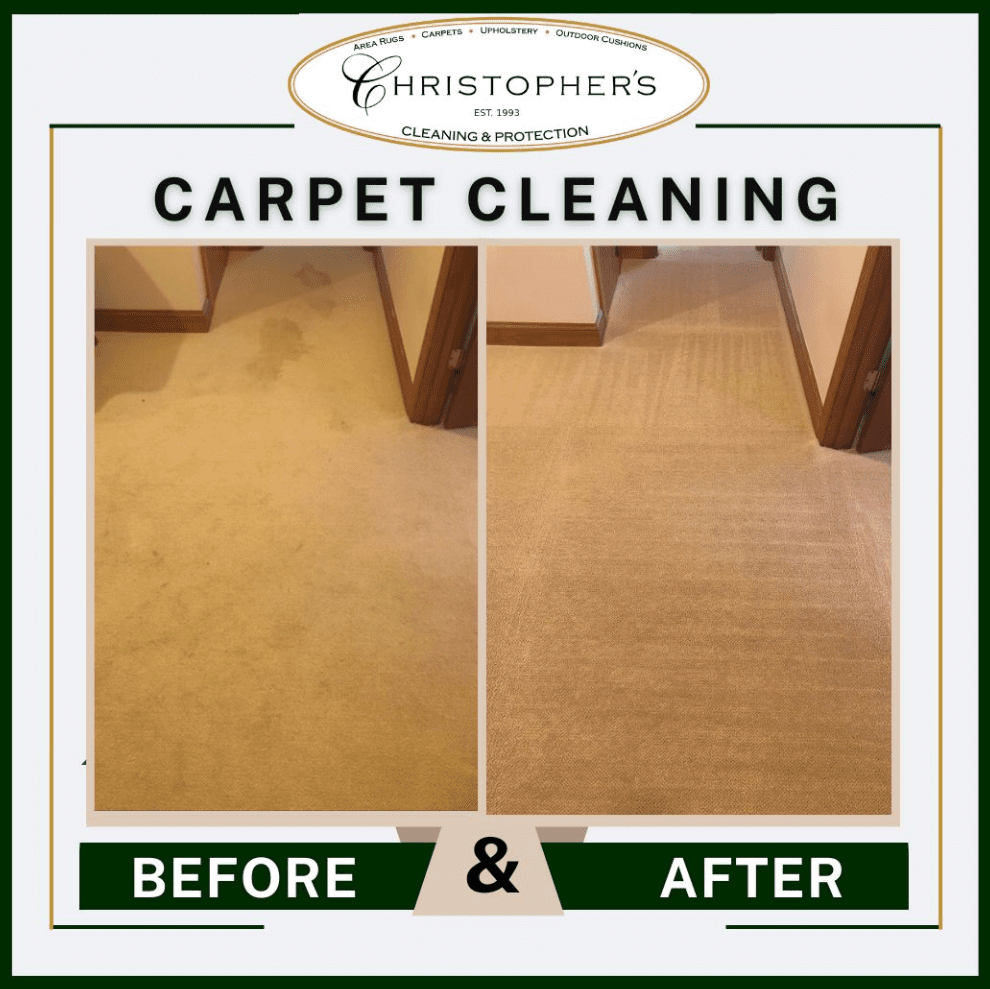That irritating creak under your carpet is more than just annoying – discover how to stop creaking floors and restore peace to your home with our expert solutions.
Understanding Floor Creaks: What’s Really Happening Under Your Carpet?
Floor creaks are more than just a minor nuisance – they’re actually telling you something important about your home’s structure. When you hear that distinctive squeak or creak, it’s typically caused by wood rubbing against wood or against metal fasteners. In carpeted floors, this usually occurs when the subfloor moves against the joists beneath it. Recent studies show that up to 85% of floor creaks in UK homes are caused by this movement between structural components. The carpet layer above actually masks minor movements but can’t prevent the sound completely. Environmental factors play a crucial role too – timber naturally expands and contracts with changes in temperature and humidity, which is why creaks often become more noticeable during seasonal changes. Understanding these underlying causes is essential for implementing effective solutions.
Common Causes of Creaking Carpeted Floors
- Loose or Damaged Subfloor Materials: Over time, the plywood or particleboard subfloor can become loose from its fasteners, creating movement and noise.
- Gaps Between Floor Joists and Subfloor: Natural settling of the house can create small spaces between structural elements, leading to movement and squeaks.
- Age-related Wood Movement: As wooden components age, they can warp, twist, or shrink, creating new contact points that cause noise.
- Humidity and Temperature Changes: Seasonal variations can cause wood to expand and contract, affecting how floor components fit together.
- Poor Initial Installation: Inadequate nailing, improper joist spacing, or using incorrect materials can lead to ongoing floor noise issues.
Diagnosing the Source of Floor Creaks
Locating the exact source of floor creaks requires a methodical approach. Professional flooring experts recommend a two-person detection method, where one person walks on the carpet while another listens and marks squeaky spots from below if possible. For precise location identification, start by creating a grid pattern on your carpet using masking tape, then systematically test each section. Finding floor joists is crucial – they can be located using a stud finder specifically designed for deeper penetration through carpet, or by using the traditional method of tapping and listening for a solid sound versus a hollow one. Modern electronic stud finders can detect joists through carpet and subfloor with up to 90% accuracy.
Professional Solutions for Creaking Floors
Once you’ve identified the problem areas, several professional solutions can effectively eliminate creaks. The most reliable method involves using specialized repair screws designed specifically for carpeted floors. These screws feature a unique break-away head that snaps off below the carpet surface after installation. Studies show this method has a 95% success rate when properly executed. The process involves driving these screws through the carpet and subfloor directly into the joists below, creating a secure connection that eliminates movement. For more severe cases, joist reinforcement might be necessary, which can involve sister joists or blocking between existing joists. In extreme cases where structural integrity is compromised, complete floor replacement might be the most cost-effective long-term solution.
Preventive Measures and Maintenance
- Regular Inspection Schedule: Check for floor movement and listen for new creaks every 6 months.
- Humidity Control: Maintain indoor humidity between 30-50% using dehumidifiers or humidifiers as needed.
- Temperature Regulation: Keep indoor temperatures consistent to minimize wood expansion and contraction.
- Professional Assessment: Have a qualified flooring specialist inspect your floors annually.
- Proper Subfloor Installation: Ensure any new flooring work follows current building standards for materials and installation methods.
When to Call a Professional
While some floor creaks can be addressed through DIY methods, certain situations demand professional intervention. Industry statistics indicate that 40% of floor problems require expert assessment and repair. Watch for warning signs such as significant floor movement, multiple creaking areas, or visible sagging. Complex repairs involving structural elements should always be handled by qualified professionals. When selecting a contractor, ensure they have specific experience with floor repairs and can provide references for similar work. Professional repairs typically cost between £200-£800 depending on the extent of the problem, but this investment can prevent more costly issues in the future. At Bromley Tilers, we offer comprehensive floor assessments and repairs, ensuring your flooring issues are resolved effectively and permanently.
Conclusion: Restoring Peace to Your Home
Addressing creaking floors under carpet requires a combination of proper diagnosis, appropriate repair techniques, and preventive maintenance. Whether you choose to tackle minor repairs yourself or seek professional assistance, understanding the underlying causes helps ensure effective solutions. Remember that floor creaks often indicate deeper structural issues that shouldn’t be ignored. Regular maintenance and prompt attention to emerging problems can prevent more serious issues from developing. For homeowners in Bromley and Kent, our team at Bromley Tilers offers expert assessment and repair services to help restore the peace and stability of your home’s flooring. Don’t let those annoying creaks persist – take action today to protect your home’s value and your peace of mind.
FAQ
When should I be concerned about creaking floors?
Over time, as the materials stabilize, these noises usually diminish. If the creaking persists or becomes bothersome, consult with your builder or flooring specialist to ensure there are no structural issues that need attention. In an older build, creaking floors are expected.
What is the best lubricant for squeaky floors?
The easiest solution is to apply lubrication. Identify the squeaky floor boards and then apply a generous amount of powdered soapstone, talcum powder, or powdered graphite between the boards. Place a cloth or towel over the area and work the powder in by stepping on the towel.
How to fix squeaky floors under carpet reddit?
Carpet never quiets a squeaky floor. The only fix is to pull up the carpet and add screws to the subfloor. Putting the carpet back down isn’t a big deal. If your carpet was properly stretched it will probably need a pro to put back in place but it’s worth your trying first.
How do I make my floor less creaky under carpet?
Solution. Using shims to fill the gaps can provide a quick fix. Alternatively, applying construction adhesive between the subfloor and joists can also help secure the floor and reduce noise. A joist is a support that strengthens floors and ceilings in a house.
How do you walk silently on creaky floorboards?
Sprinkle lock lubricant or powdered graphite into the joints between the floorboards. Then place a cloth over the boards and walk back and forth to work the powdery lubricant down into the cracks. This will reduce wood-on-wood friction between the planks and silence small squeaks.
Sources
[1] https://www.stevescarpetcare.net/articles/fix-squeaky-floor-under-carpeting
[2] https://www.youtube.com/watch?v=4gUW-IhSMBc
[3] https://www.thisoldhouse.com/flooring/21017211/how-to-repair-squeaky-floors-through-carpeting



